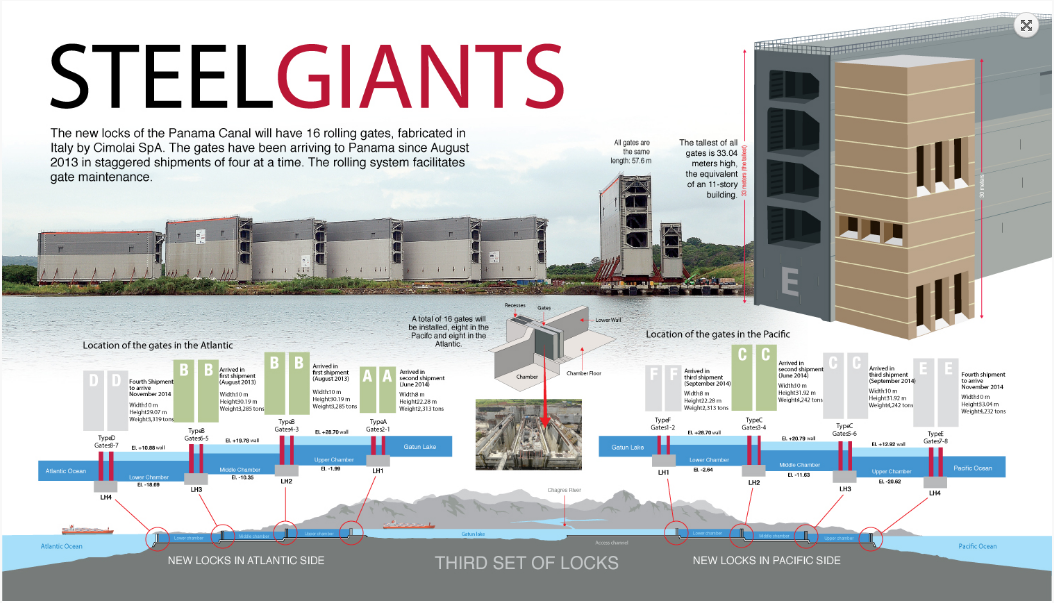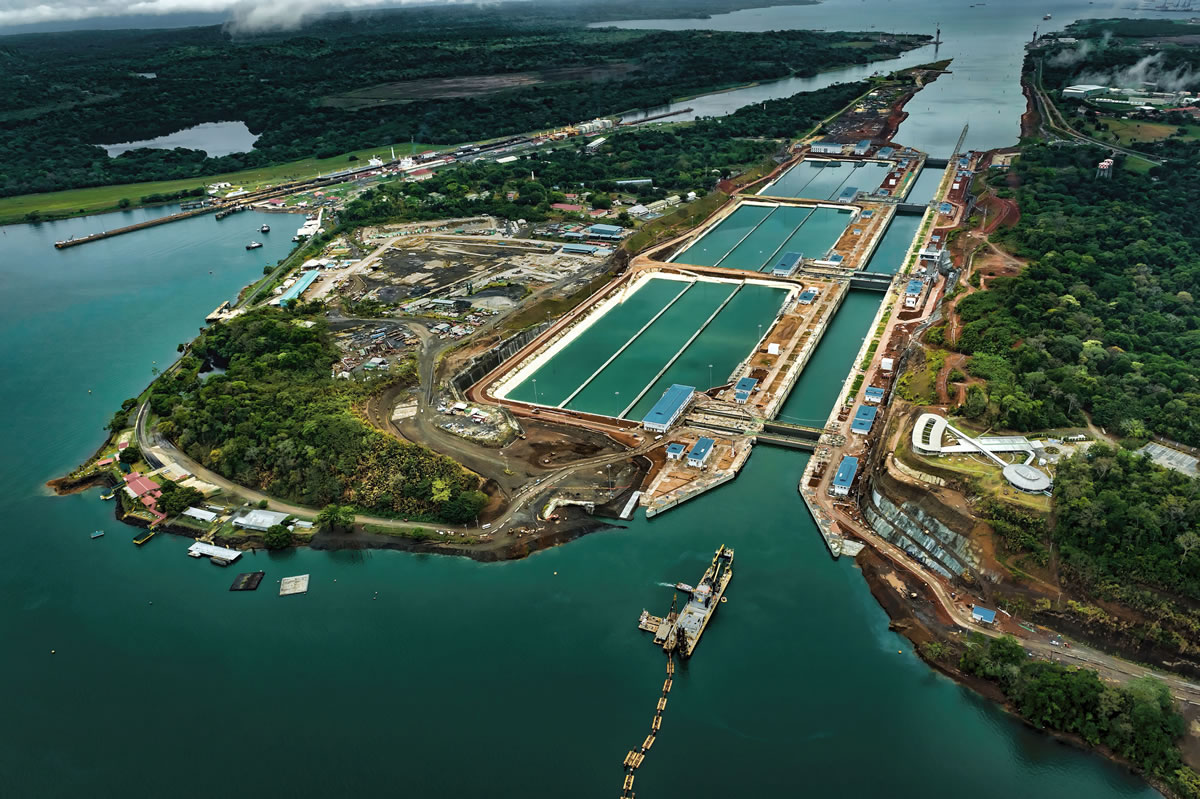Shipping and Logistics
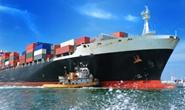
Panama Canal Expansion Brings Changes to U.S. Ports
Written by Sandy Williams
June 14, 2016
The new locks at the Panama Canal are set to open on June 26th with the passage of a single vessel, the container ship Cosco Shipping Panama. The ship selected by lottery and sailing from Greece, will pass from the Caribbean locks of Agua Clara in the morning and end in the locks of Cocoli on the Pacific side in the afternoon.
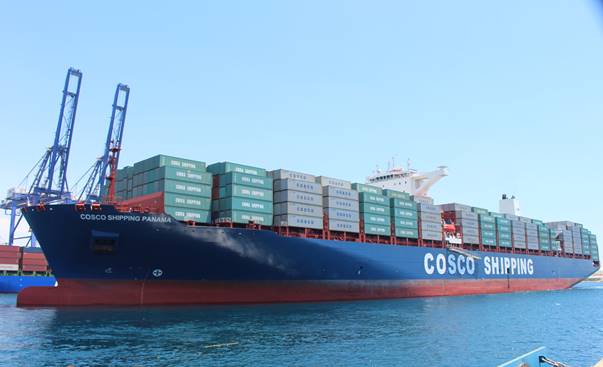 Cosco Shipping Panama is a Neo-Panamax vessel constructed and launched on January 2016. The containership is 299.98 meters in length and 48.25 meters in beam (984 feet by 157 feet), and has a container carrying capacity of 9,472 TEU. More than 100 vessels have already booked passage through the locks beginning on June 27th.
Cosco Shipping Panama is a Neo-Panamax vessel constructed and launched on January 2016. The containership is 299.98 meters in length and 48.25 meters in beam (984 feet by 157 feet), and has a container carrying capacity of 9,472 TEU. More than 100 vessels have already booked passage through the locks beginning on June 27th.
The $5.25 billion expansion of the Panama Canal began in 2007 and will allow container ships with capacities up to 14,000 TEU to transit the locks, compared to the 5,000 TEU currently in use. The new ships will more than double the waterway’s cargo capacity.
Construction of the two new lock complexes was begun in August of 2009. About 4.4 million cubic feet of concrete were used to create the chambers. The locks have 16 rolling gates made of steel that weigh between 2,100 tons and 4,200 tons each.
The new locks are 1,400 feet long, 180 feet wide and 60 feet deep and will accommodate the Neo-and Post-Panamax vessels that are 1200 feet long and 160 feet wide.
According to research by The Boston Consulting Group and C.H. Robinson, as much as 10 percent of container traffic may shift from the West Coast to East Coast ports by 2020 due to the Canal expansion. U.S. ports have been busy over the past few years expanding terminals and beefing up intermodal logistics in anticipation of the increased cargo loads from the Panama Canal.
The Port of New York and New Jersey is spending $1.3 billion to deepen its channel to 50 feet and raise the Bayonne Bridge between New Jersey and Staten Island to accommodate the Neo-Panamax vessels.
Container ships from the Panama Canal generally call at Savannah before heading to New York to unload lighter-weight import containers, followed by a stop at Norfolk to pick up heavier export containers.
The NY/NJ Port Authority has asked the Army Corps of Engineers to conduct a study to reevaluate the channel and harbors ability to accommodate the larger vessels. A navigational simulation for 14,000 and 18,000-TEU ships is also underway to identify and perfect best practices for safe handling of the vessels and provide training to harbor and bar pilots.
Port Director Molly Cambell said in a recent letter to carriers, “With the planned completion of the 50-foot Harbor Deepening Project later this summer and the anticipated completion of the navigational clearance at the Bayonne Bridge late next year, I assure you the Port of New York and New Jersey will be able to handle 14,000 TEU vessels toward the end of 2017.”
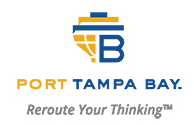
Connections to the inland are facilitated by a dedicated truck ramp to the interstate highway system, including the I-4 corridor and the CSX railroad.
Wade Elliott, VP of Marketing and Business Development at Port Tampa Bay said, “In August, we will have completed the latest expansion of our intermodal capability, which combined with our new cold storage expansion, is part of a multi-phased build-out adjacent to our container terminal which will include additional reefer and dry cargo warehouse expansion for storage, distribution and trans-loading, all under an FTZ [foreign trade zone] umbrella. These capital investments will total more than $300 million.”
The two largest trade lanes for the port’s market are Asia and Latin America which will be favorably impacted by the Panama Canal expansion, said Elliott. As the closest full service port to the Panama Canal and the largest port in Florida for handling steel products, Elliott says Port Tampa Bay is “well positioned to expand this important line of business for both exports and imports.”
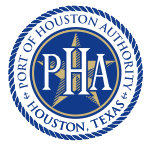
Four Super Post-Panamax wharf cranes were installed last year at the Barbours Cut terminal and an estimated $700 million will be invested during the next decade to improve efficiency at the terminal, facilitate larger vessels and double the handling capacity of the terminal within its existing footprint.
The Bayport terminal has had an upgrade in the truck processing at the facility with completion of a state-of-the-art truck entry gate in 2013. In addition, the terminal is expanding its container yard and wharf. The Port Authority is also making investments in general cargo facilities at the port.
PortMiami completed a major capital infrastructure program in 2015. The port claims the first deep water port of call in the U.S. with the deepest shipping channel in the Southeast U.S. at 50-52 feet. Towing and harbor ship services have been expanded and super-post-Panamax cranes have been readied. The port is supported by a fast access tunnel directly to the US Interstate system as well as Florida’s East Coast Railway, delivering access to 70 percent of the U.S. market within four days.
PortMiami anticipates cargo activity will increase after opening of the Panama Canal. Most of the cargo is exported to Latin America (South America, Central America, and the Caribbean), followed by the Far East, Asia, the Pacific, Europe and the Middle East. The majority of the imports are located in Latin America followed by the Far East, Asia and the Pacific, and Europe.
“When bigger ships start transiting through the expanded waterway, deep ports like Miami will transform maritime trade on a global scale,” said CEO of the Panama Canal Authority Jorge L. Quijano
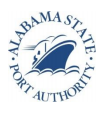
Mobile’s port investments are designed and constructed to serve post- and super post-Panamax vessels that will transit the expanded Panama Canal. “Our investments, coupled with a year-round 45 ft. draft channel and a new Panama Canal, positions the Port of Mobile to capitalize on new service offerings between Asia and the U.S. Gulf,” said Jimmy Lyons, director and CEO for the Port Authority.

Sandy Williams
Read more from Sandy WilliamsLatest in Shipping and Logistics

US Great Lakes iron ore cargoes down notably through May
The Lake Carriers' Association reported a considerable decline in monthly iron ore shipments from US ports on the Great Lakes.

Wittbecker: West Coast port congestion
What's going on in West Coast ports?

Wittbecker: Mexico invests in port capacity despite US tariff troubles
The Mexican government aims to transform Manzanillo into the largest seaport in Latin America, capable of processing some 10 million TEU (20-foot equivalent units) per year by 2030. It is already Mexico's largest port and the third largest in Latin America, handling nearly 4 million 20-foot containers in 2024.

Wittbecker on Aluminum: When do the tariffs reach Main Street?
Containers sailing from China in April are down 15%-20% and Hapag Lloyd says their future bookings transpacific are down 30%.

Wittbecker on Aluminum: US-China trade war clobbers cross-Pacific trade
Container shipping lines have sharply increased blank sailings on Transpacific routes in response to escalating trade tensions between the US and China.

